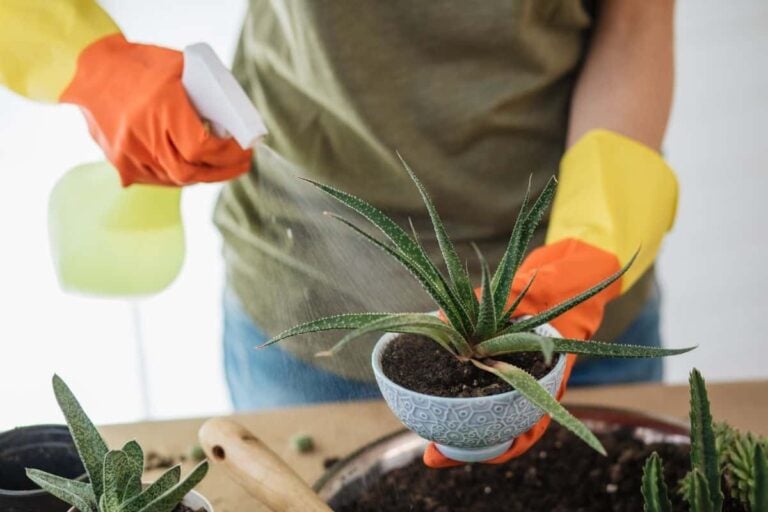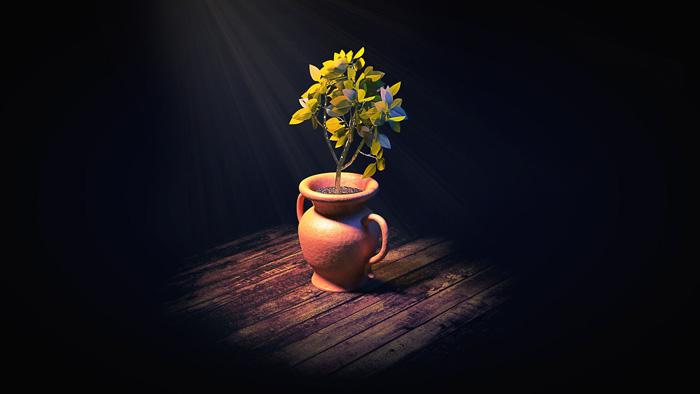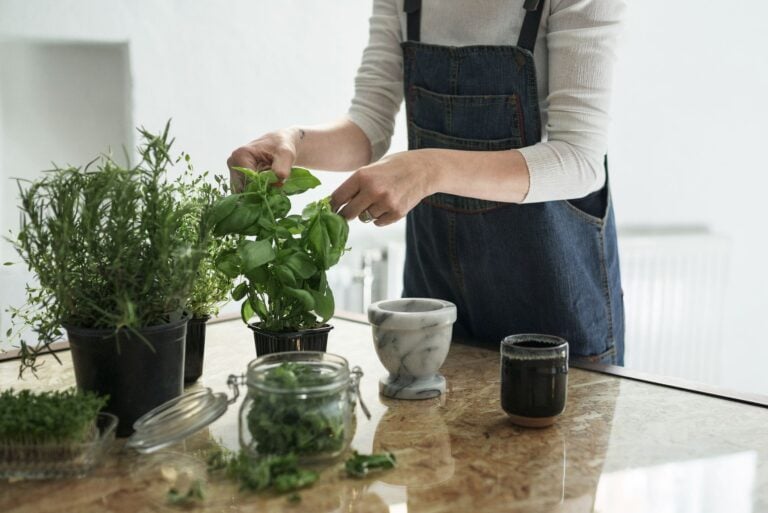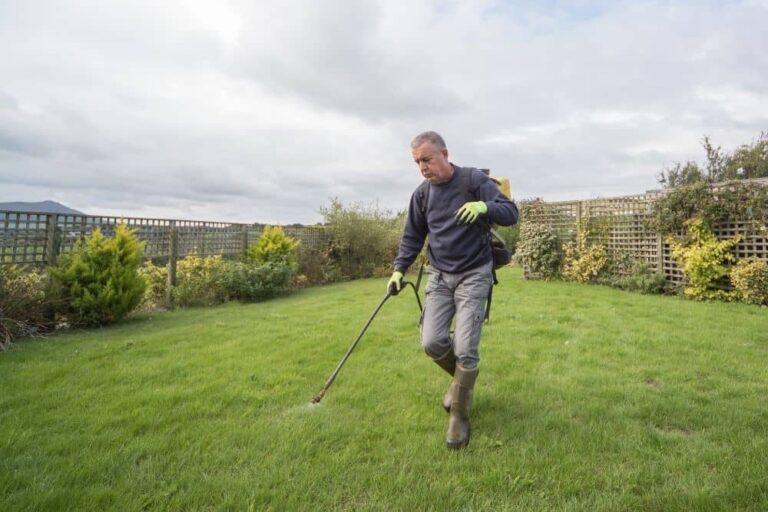Hop Over to This Bunny Ear Cactus Growing Guide
The bunny ear cactus, named for its distinctive appearance, is a popular desert plant that makes a unique addition to homes across America. The cactus is relatively easy to care for, making it ideal for novice gardeners, but growing a bunny ear cactus can also be a rewarding accomplishment for experienced horticulturalists. With the right care and attention, the bunny ear cactus can thrive in either your home or your garden and produce vibrant flowers in the summertime each year.
About the Bunny Ear Cactus
Bunny ear cactus, polka-dot cactus, angel’s wings cactus- no matter what you name call it by, this plant brings to mind the cute and the quirky. The oval-shaped, dotted segments of Opuntia microdasys grow in pairs to look a bit like the ears of a bunny rabbit, hence the plant’s common name. Segments start out as a reddish-brown color and turn green as they mature, and yellow flowers bloom from the tips of segment pads in the early summer. This cactus is native to Central and Northern Mexico, and it grows best in an arid desert environment.
While the bunny ear cactus doesn’t have traditional spines, mature segments do have what are known as glochids. These small, fuzzy-looking mounds of prickles are the “dots” of the polka-dot cactus. Glochids are loosely attached, and it’s easy to accidentally prick yourself just by brushing up against your plant. It’s a good idea to keep your cactus out of reach of pets and children, and you should always wear hand protection when handling it.
Planting and Potting
As a desert plant, the bunny ear cactus prefers a rougher soil than other house plants. When potting your cactus, you can either buy a pre-packaged commercial cactus potting mix or create your own by mixing houseplant soil with builder’s sand, peat moss, or other gritty media. This helps to increase aeration around the root system and promotes drainage so that you can avoid problems brought about by overly soggy soil. With particularly picky bunny ear plants, you may want to mix perlite or bark in with your soil to further enhance airflow.
The type of pot you choose to use can also help you to keep your plant’s soil from retaining too much water. Bunny ear cacti grow well in unglazed clay pots, as the material promotes the evaporation of excess moisture. A good pot should also have a drainage hole in the bottom so that stagnant water does not pool in the bottom.
You should repot your cactus plant once every couple of years as needed. Each plant requires enough space to develop a complete root system, and a pot that’s too small can restrict healthy growth. It’s best to repot in the late summer after your plant has finished blooming. You should water your cactus regularly during its first year in a new pot to promote the formation of new roots.
If you want to grow a new clone of your plant, you can easily propagate your existing bunny ear cactus during pruning. Simply break off a segment, allow the end to dry and callus for a few days, and then plant the segment in your cactus potting mix. Our friends at SolidGoldShows can give you some tips on how to successfully propagate a cutting.
Caring for Your Bunny Ear Cactus
The bunny ear cactus follows a seasonal growth cycle, growing in the spring, summer, and fall while laying dormant during winter months. This variety of cactus requires different care routines depending on the time of year.
Spring, Summer, and Fall
The bunny ear cactus experiences growth spurts during warmer months, demanding full light and temperatures of between 70 and 100°F for healthy development. You should aim to keep your plant’s soil moist during its growth period, but don’t allow the root system to get too wet. Your cactus only really needs watering when the surrounding soil starts feeling dry to the touch. With proper care, your plant will flower in the early summer to produce stunning yellow blossoms.
Winter
During winter months, you need to provide a controlled climate for your plant that mimics the conditions that it would experience in the wild. Starting in the late fall, you should move your cactus to an area that’s kept between 50 and 65°F, away from any radiators or heating vents. You should also reduce the plant’s exposure to light, stop adding fertilizer, and stop watering the cactus until the following spring. The plant may appear unhealthy as it turns a light gray color, but this dormant state is necessary for the continuing health of your cactus.
Common Questions and Concerns
Opuntia microdasys is a relatively low maintenance variety of cactus, but without proper growing conditions, the plant is susceptible to pests, decay, and disease. With a little love and TLC, you can avoid common problems that many gardeners face when the growing bunny ear cacti.
Why isn’t my plant growing?
Overwatering and underwatering are the most common causes of poor health in the bunny ear cactus. A lack of proper irrigation will cause your plant to dry out and die, while too much water in the soil can lead to fungus, disease, and more. If you notice the pads of your plant starting to shrivel, this is often a sign that you are overwatering. You should only irrigate your cactus when the dirt around it starts to feel dry.
Also Read: Growing Galangal
Why is my cactus rotting?
The bunny ear cactus is native to desert regions, and it is adapted to grow in dry soil. Allowing your plant to sit in a soggy environment will lead to root rot, which can kill your plant. To avoid root rot, make sure not to overwater your cactus, especially during winter months. If you do notice your plant starting to rot and die, you can clip segments and repot them in order to propagate a new and healthier plant.
What can I do about a pest problem?
Unsightly white patches on the pads of your cactus can indicate that you have a pest problem. The bunny ear cactus is susceptible to mealybug infestations, which can lead to the death of the plant when severe enough. Rough, brown, scab-like patches indicate the presence of scale insects.
To combat pests, use isopropyl rubbing alcohol. You can apply it using a cotton swab in order to avoid getting stuck by glochids. For more tips on how to safely rid your plant of pests, check out this video from the experts at Online Pest Control.
Read also our other article about exotic plant called Lucky Bamboo.
Photo by James Smith licensed under CC BY 2.0




